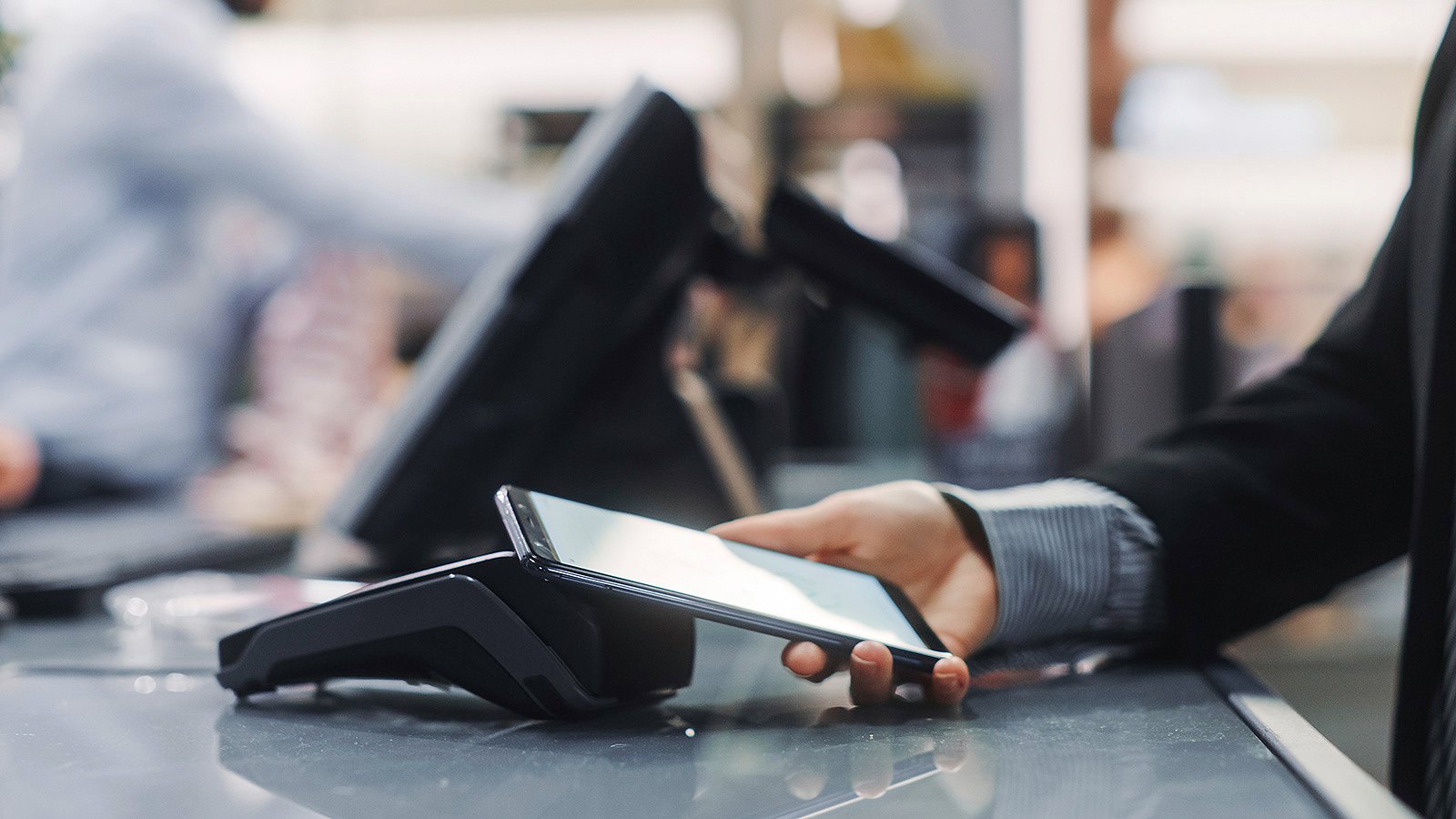WOW Concept in Madrid is a store at the forefront of the new phygital experience. It primarily offers a highly engaging physical space to feature a rotating roster of digitally-native brands, but its value is in how it uses data to merge the physical and digital into a self-reinforcing cycle.
Customers start their shopping trip on the app, selecting items they’d like to evaluate in-person or pick up in the store. Upon entering the store, the app changes to guide them through the space. Shoppers scan codes on shelves to learn more, order online, and have the goods shipped home. Inventory is updated live across online and in-store touchpoints. WOW curators decide on the next round of retailers based on who moves product and builds hype online.
WOW’s approach works because it’s a self-reinforcing cycle built on data: digital trends shape the physical experience and physical shopping behaviors guide future developments. Businesses that have already done the work of data governance are well-positioned to follow suit; those that have yet to begin the process would find it hard to replicate the WOW model.
With good governance and in-depth consumer behavior data delivered by the phygital model, at-home shopping can transition seamlessly into the store (and vice versa). Data gathered from online behavior can customize in-store shopping, while dynamic in-store signage can be scanned by customers to order a desired item in another size, model, or color online.
4. Elevating the retail employee experience
Every company, retail or otherwise, lives and dies by its workforce. Gallup's 2022 State of the Global Workplace report showed employees who are not engaged or are actively disengaged cost the global economy a staggering $7.8 trillion in lost productivity—11% of the global GDP.5
Today’s consumers consistently state a need for more information from retail workers. Twenty-seven percent express a desire to speak to more informed and knowledgeable store associates.6 Give employees the tools, procedures, and policies they need to solve customers’ issues and answer their questions in the moment, regardless of procedure or whether they’re in-store or online. Providing more information isn’t just a customer service issue—it’s a profitability issue.
The phygital, customer-centric model helps here, too. With once-disparate offline and online data sources pooled together and made accessible to all levels of an organization, employees can respond to customer needs as they arise. Associates can look up products not immediately available to the customer, see exactly where they are in your supply chain, and reroute them to local storefronts for easy pickup.
Retailers leading the way are making sure in-store devices are updated real-time with current inventory, shipping, and logistics information and available to all associates. With the ability to see data across your supply chain and the authority to act on it, associates can meet customer expectations and have outsized positive impact with simple choices. And happier customers mean happier frontline employees.
Centering the customer as the channel
There are four areas that retailers can invest in to center the customer as the channel:
- Merging the physical and digital into a connected phygital experience
- Updating the storefront to accommodate current shopping behaviors
- Building a strategy on a foundation of good data
- Empowering employees to act in the customer’s best interest
Retailers can better focus on the one touchpoint that’s common across every single channel: the customers themselves. And in a world with exponentially more touchpoints than ever before, the customer is truly the only channel that matters.




